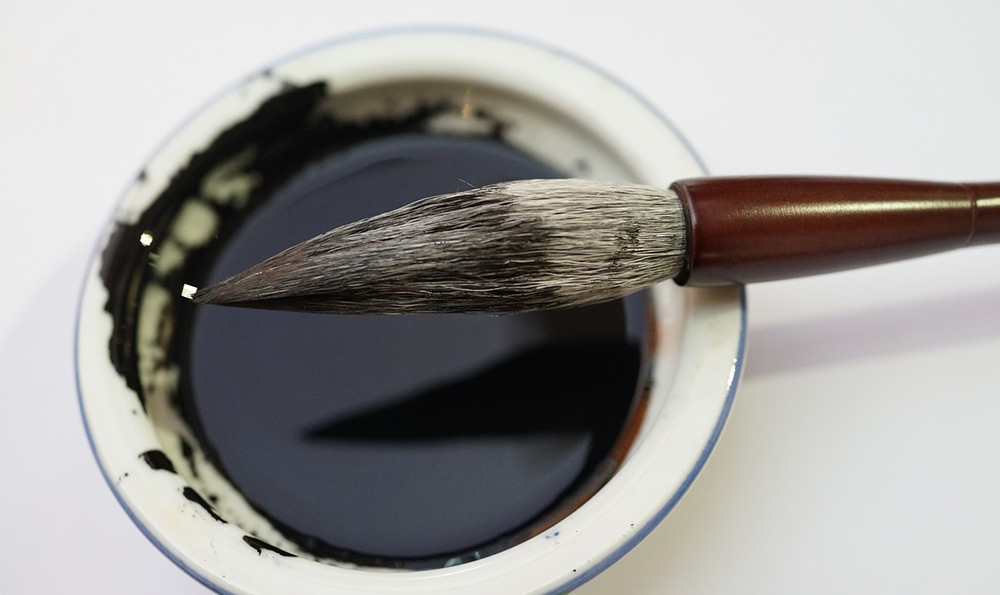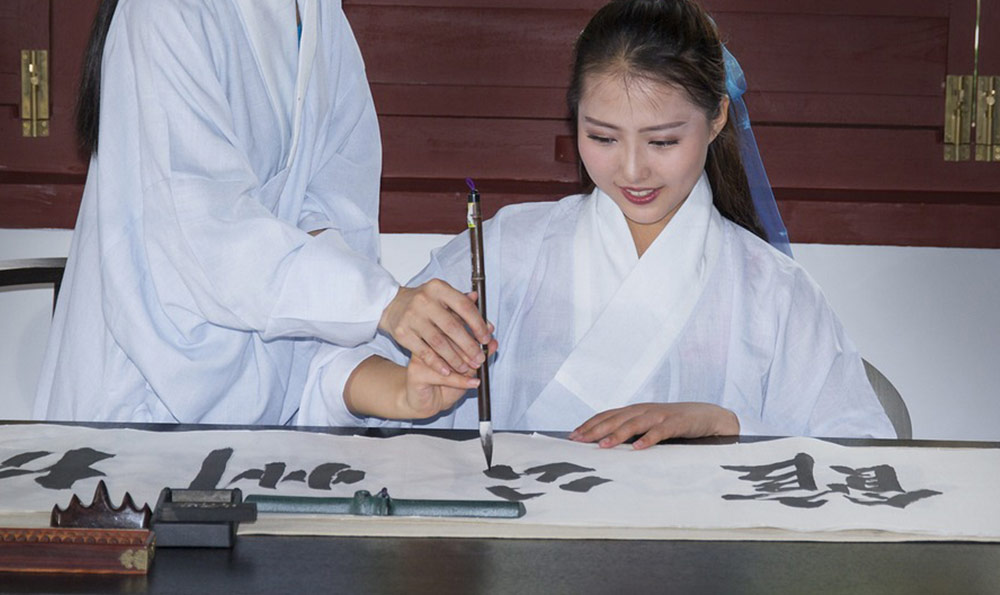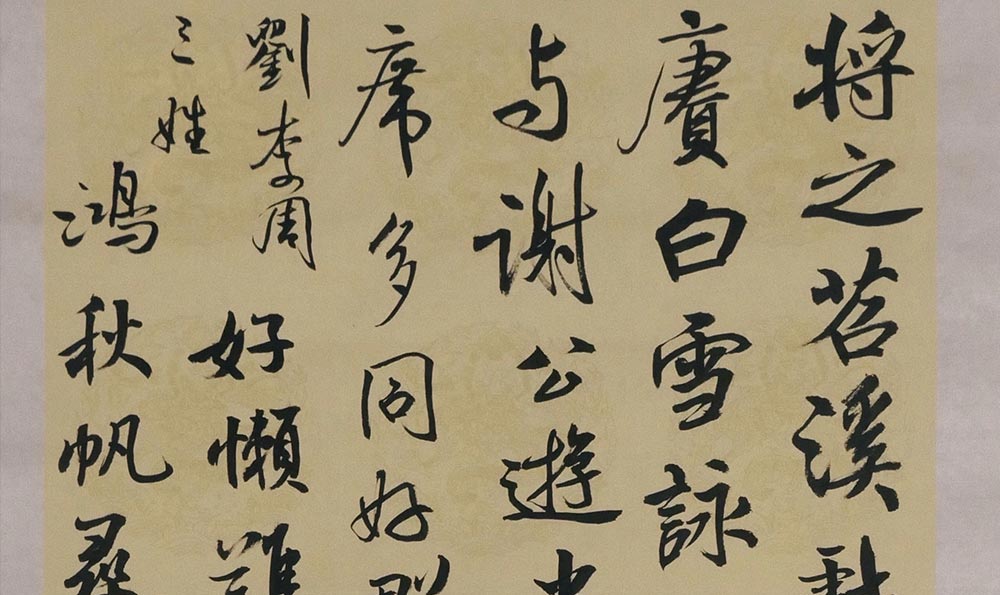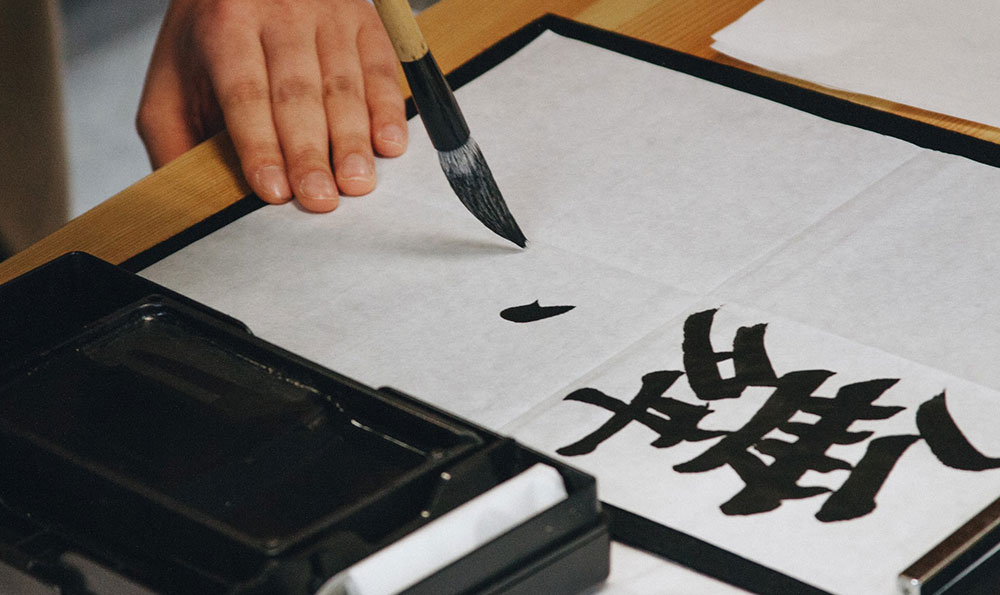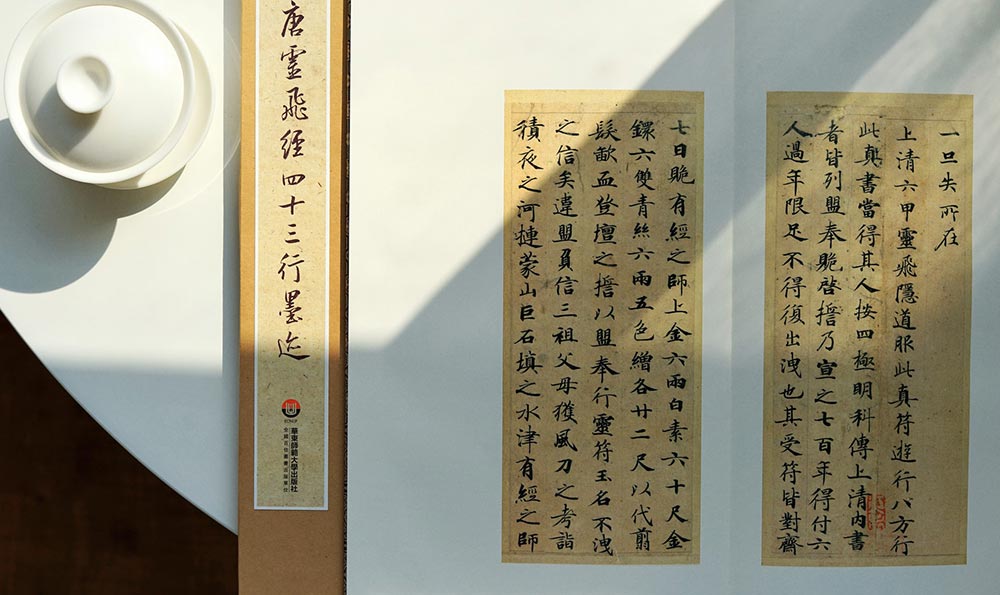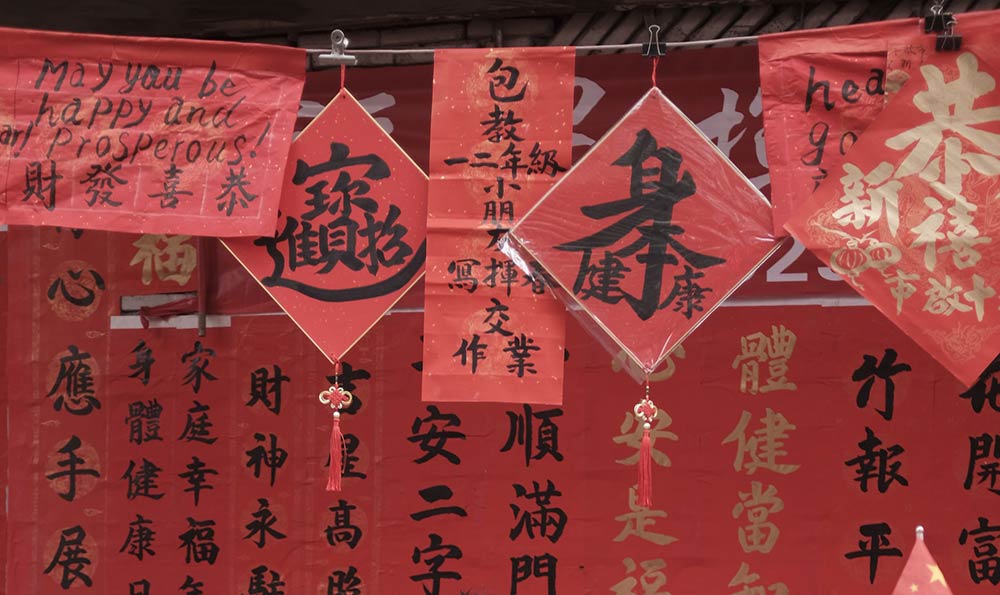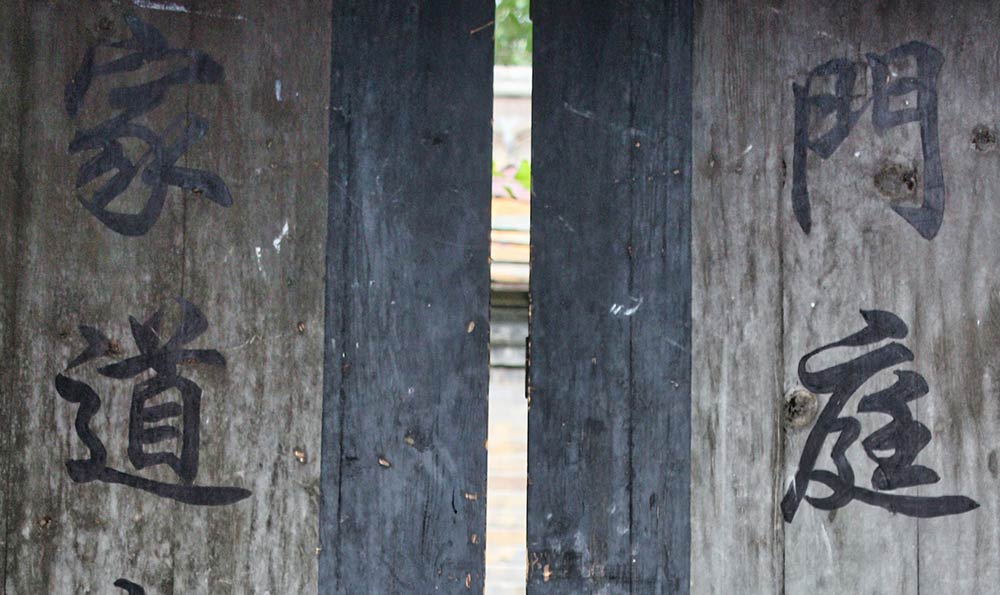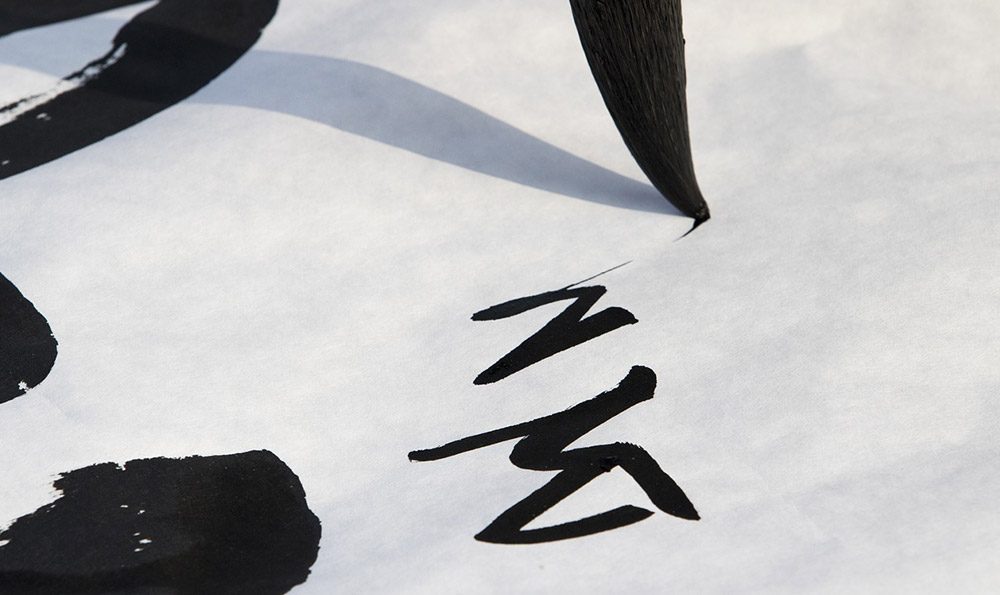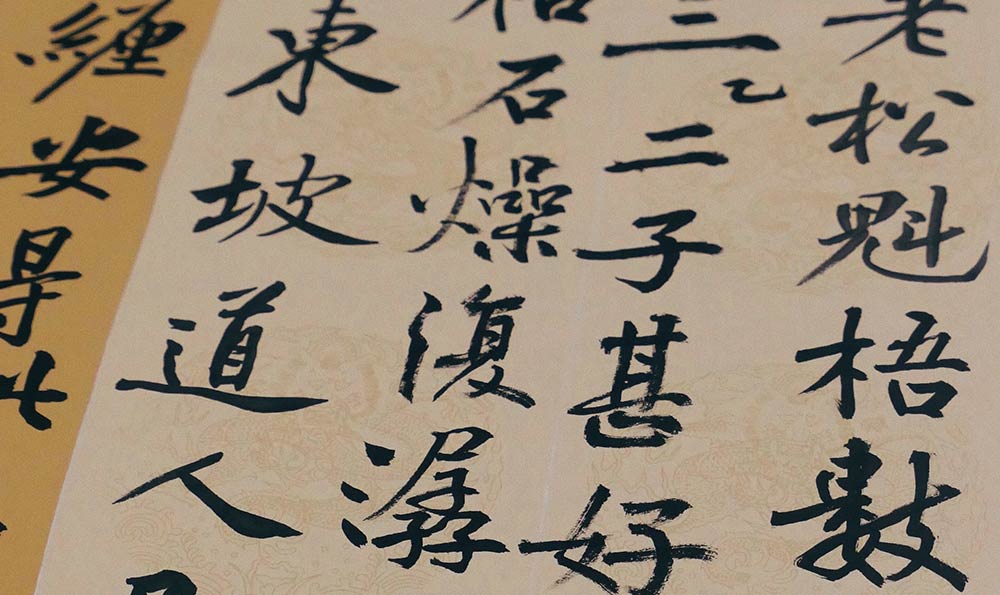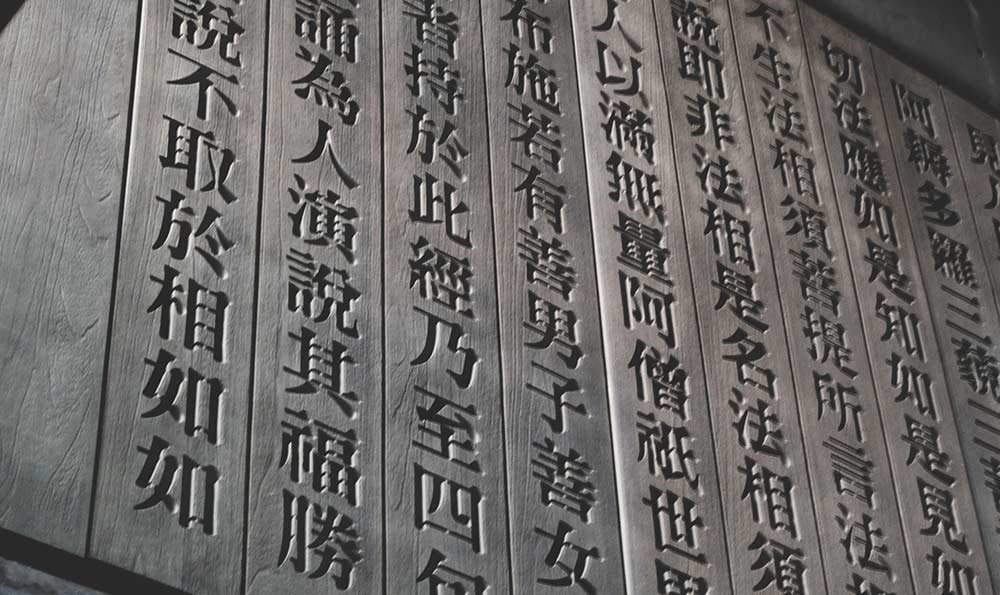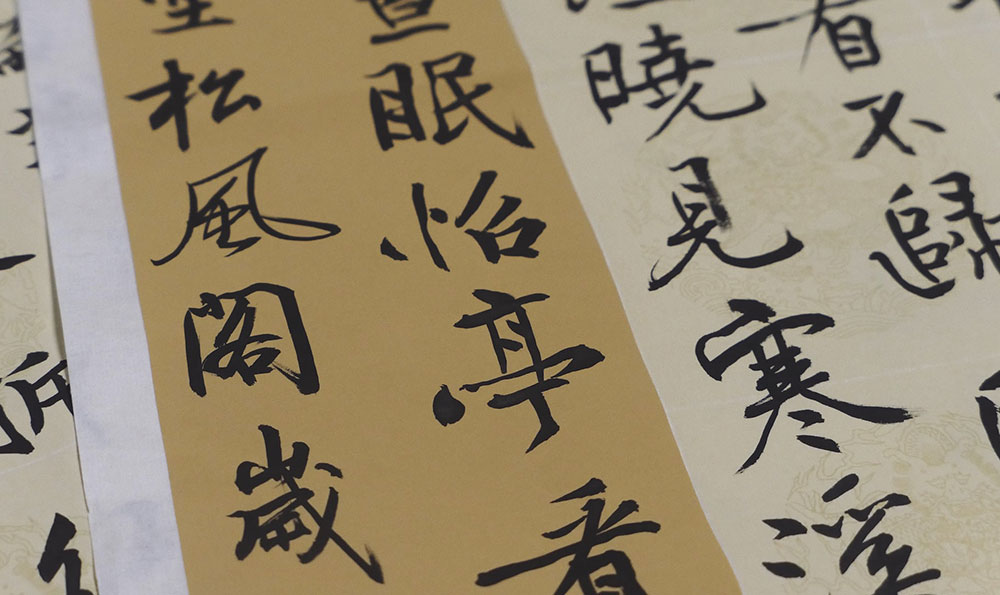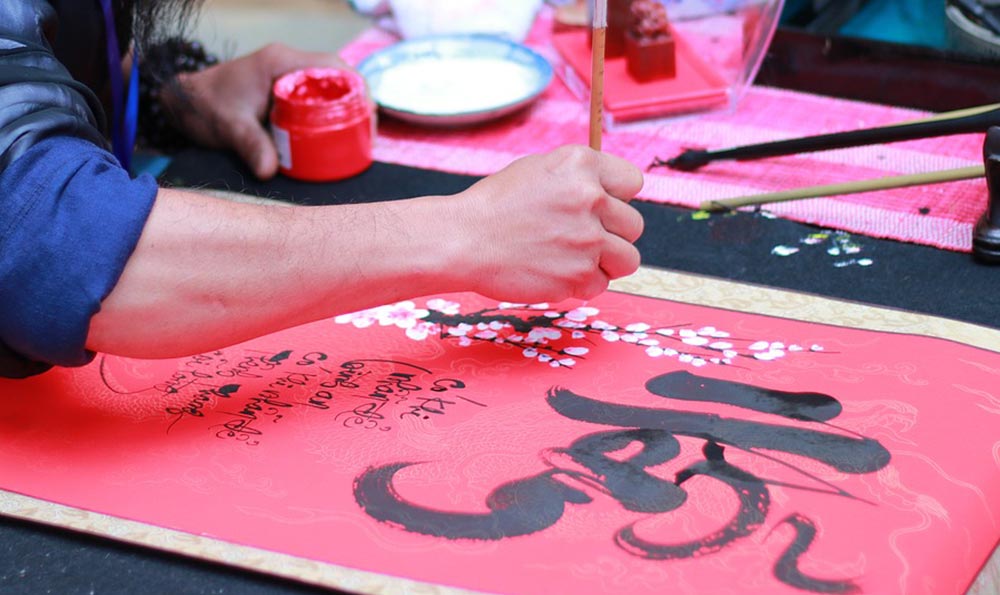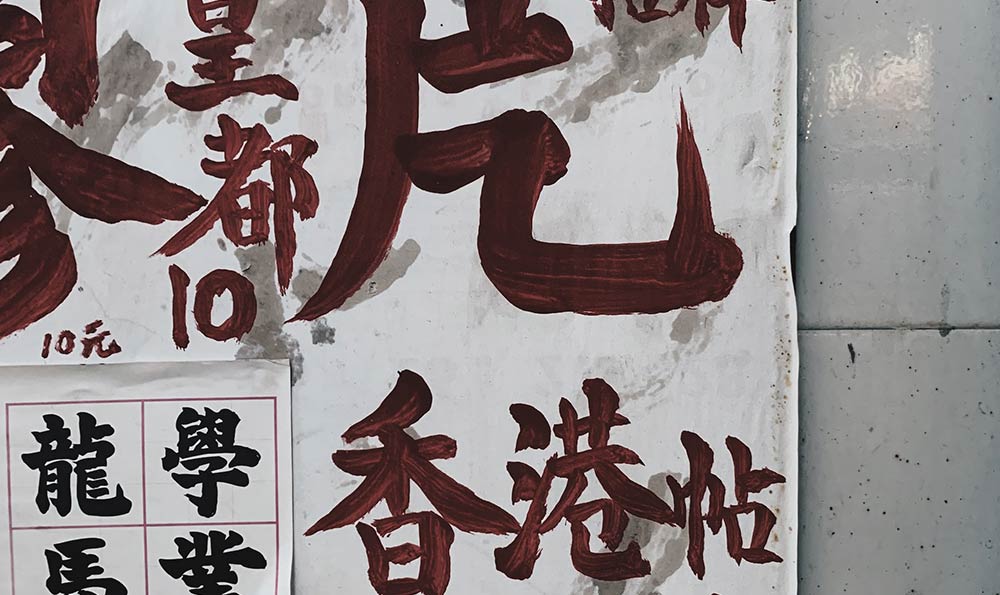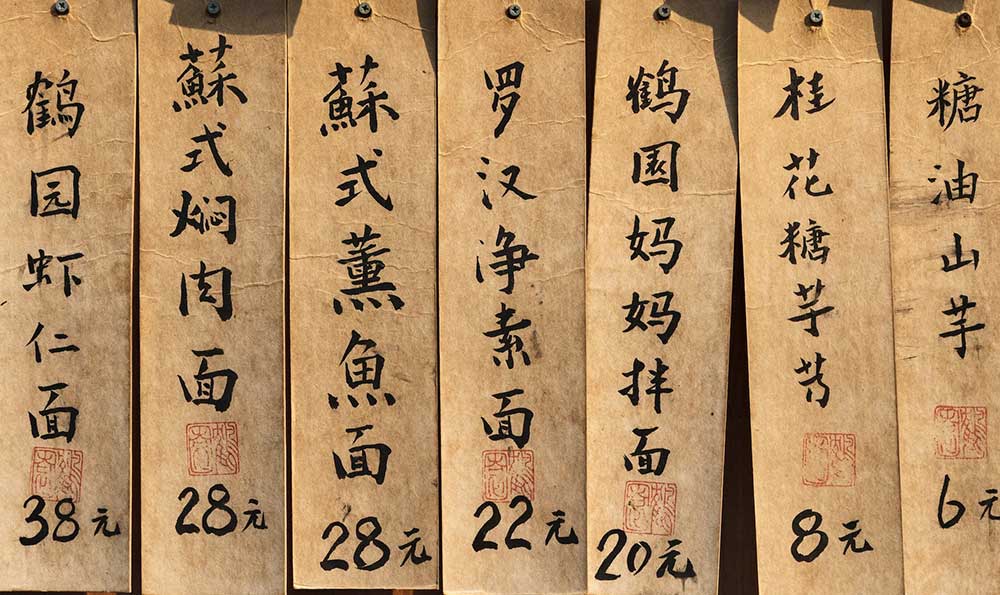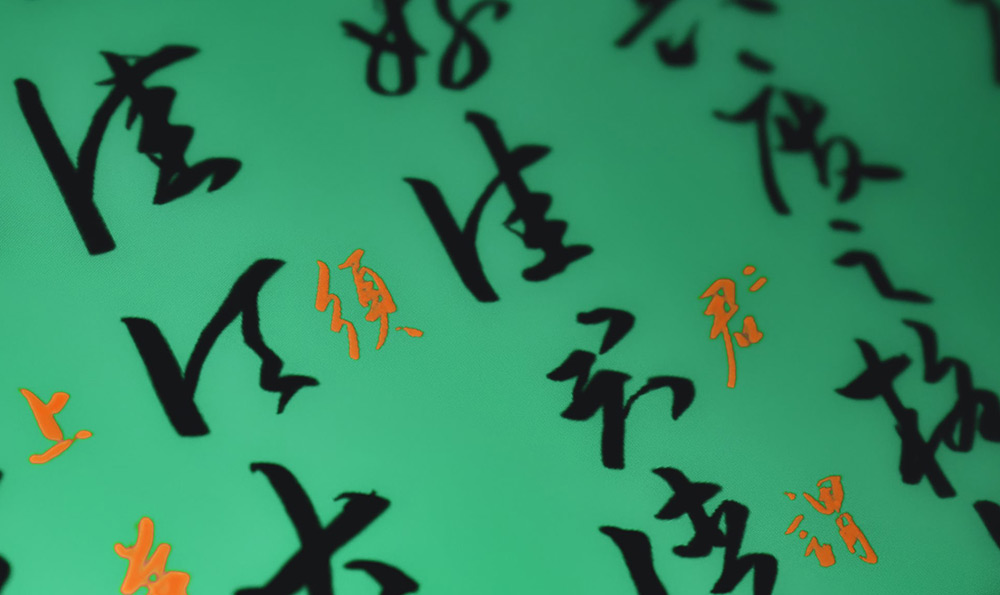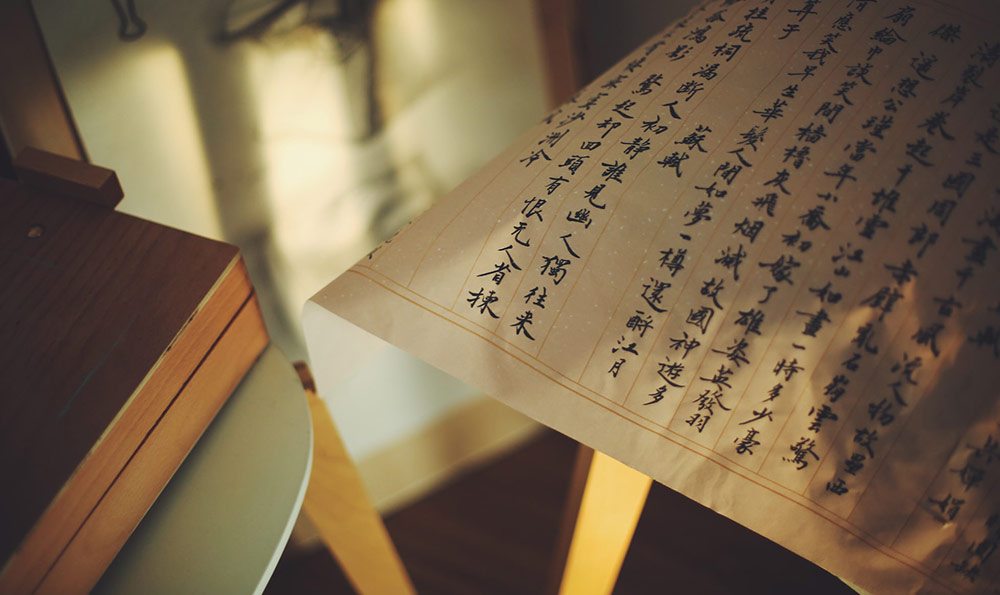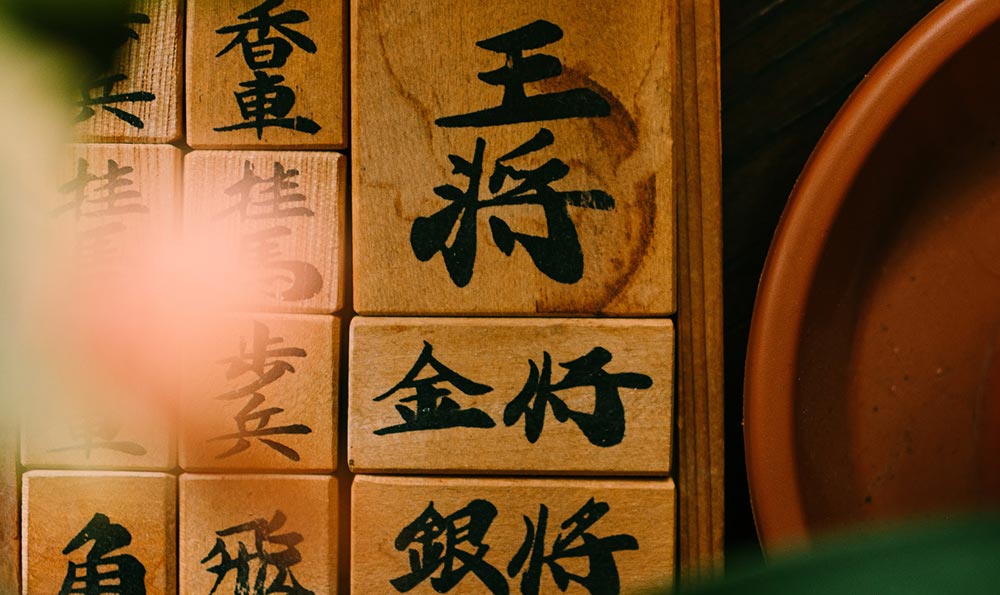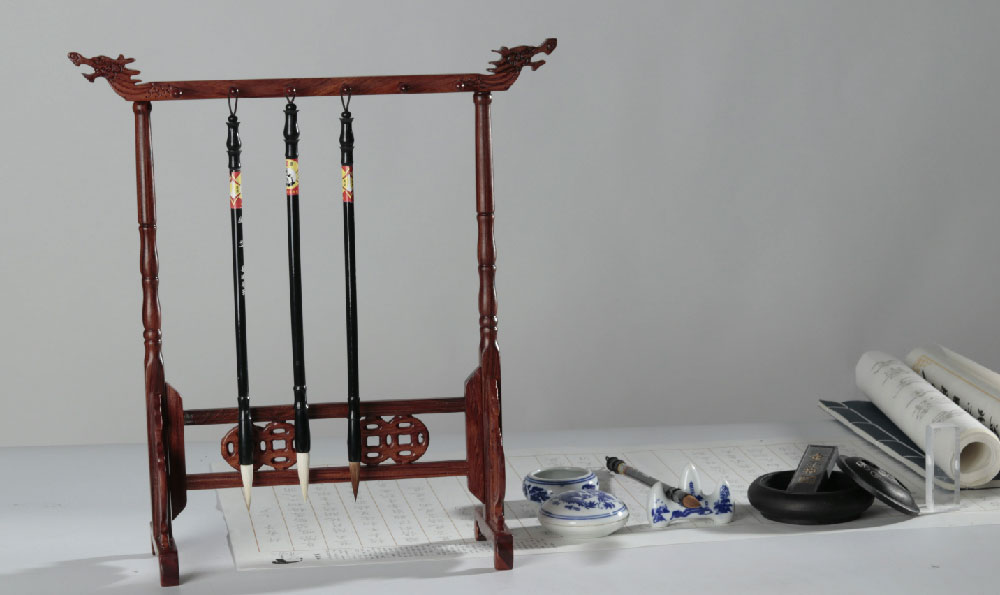
中国画作为中国传统艺术的瑰宝之一,具有深厚的历史底蕴和独特的艺术风格,吸引了越来越多的外国人的注意力和兴趣。在外国人眼中,中国画是一种陌生而神秘的艺术形式,他们通过欣赏和学习中国画,了解中国文化和美学观念。本文将介绍外国人对中国画的听觉体验以及他们对中国画的评价和反思。
一、
外国人在欣赏中国画时,往往陶醉于其中所传达的优雅和内涵。中国画注重意境的营造,通过简约而富有表达力的线条,构建出凝练而又丰富的画面。外国人对中国画的第一印象是其独特的笔墨之美,他们常常称之为“写意”的艺术形式。与西方传统绘画相比,中国画更强调留白,给人以余韵和遐想的空间。外国人通过细致而专注地倾听,感受到了中国画独具一格的韵律和节奏。
二、
从外国人的视角来看,中国画中的主题多样且广泛,涵盖了山水、花鸟、人物等各种题材。外国人对中国画的多样性和包容性表示赞叹,他们认为中国画通过绘画艺术传递中国文化和历史的也赋予了观者自由想象的空间。外国人喜欢在欣赏中国画时,寻找其中的共鸣和情感共振,从而与作品建立起独特的联系。
三、
在外国人的眼中,中国画所体现的哲学思想和审美观念吸引了他们的深思。中国画强调自然和谐、虚实结合的原则,追求“气韵生动”和“意境深远”。外国人在欢赏中国画时,常常关注艺术家的用笔力道和表现手法,从中感受到了中国文化及其对生活哲学的独特看法。他们认为中国画有一种与生活相通的智慧,通过线条和色彩的运用,在有限的画面中创造出无限的意蕴。
四、
中国画作为一种独特的艺术形式,吸引了越来越多的外国人学习和研究。他们希望通过学习中国画的技法和理念,开拓视野,丰富自己的艺术表达方式。外国人在学习中国画时,常常遇到挑战,但他们对中国文化的兴趣和探索精神让他们坚持不懈。他们通过对中国画的研究和创作,建立起与中国艺术家的交流和合作,为中外文化交流做出了积极的贡献。
外国人对中国画的热爱和追求不仅体现了他们对艺术的执着和敏锐的感知力,也展示了中外文化交流的魅力和力量。通过倾听中国画,外国人逐渐理解和欣赏中国的美学观念和艺术价值,同时也为中国画注入了新的活力和创新的可能性。这种跨文化的艺术交流必将促进中外文化的相互理解与合作,推动世界艺术的发展和繁荣。
外国人听中国画离铉
中国画离铉在国际间享有盛誉,成为了吸引各国艺术爱好者的焦点。作为中国的传统艺术形式之一,中国画离铉凭借其独特的韵味和深入人心的意境,吸引了越来越多的外国人。本文将为您介绍外国人听中国画离铉的一些感受和看法。

中国画离铉以其独特的艺术风格和技法,展现了中国传统文化的独特魅力。:中国画离铉的颜色运用非常丰富,通过墨、水、色的混合运用,表现出丰富的层次感和光影效果。这种独特的技法和表现手法,使外国人对中国画离铉产生了浓厚的兴趣。
在欣赏中国画离铉时,外国人常常被其富含哲理和文化内涵所吸引。:中国画离铉通常以自然山水和花鸟为题材,通过构图、线条、色彩等手法展现了作者对于自然和生活的独特理解。这种意境深远的艺术表达方式,使外国人对中国文化的深度和博大产生了浓厚的兴趣。
外国人对中国画离铉的欣赏也反映出了他们对中国文化的认同和赞赏。:在中国画离铉中,往往可以看到中国古代哲学思想的影响,如儒家思想、道家思想等。外国人对这种深邃的思想有着浓厚的兴趣,并将其与自己的文化进行比较和对照。这种对比和对照使外国人更加深入地理解和赞赏中国画离铉。
与此外国人也对中国画离铉的技艺和创作过程产生了浓厚的兴趣。:中国画离铉的创作过程非常严谨和复杂,需要艺术家对于人物、动物、花鸟等形象的熟悉和表达能力。在参观中国画离铉展览时,外国人往往会被中国画家的精湛技艺和对细节的精确把握所折服。这种技艺和创作过程的独特性,使外国人对中国画离铉的学习和探索产生了浓厚的兴趣。
外国人对中国画离铉的欣赏不仅体现了他们对中国文化的热爱,还体现了他们对艺术的敏感和追求。:中国画离铉以其独特的审美价值和艺术魅力,吸引了越来越多的外国人前来学习和欣赏。他们对中国画离铉的研究和探索不仅是对艺术的追求,更是对人类文明的一种贡献。
外国人听中国画离铉,是对中国传统文化和艺术的一种认同和赞赏。他们对中国画离铉的欣赏体现了他们对于艺术的敏感和追求,也体现了他们对中国文化的深度理解和喜爱。中国画离铉的魅力正以其独特的形式和意境,吸引着越来越多的外国人走近中国文化,深入了解和感受中国的美丽和魅力。
Introduction to Chinese Painting
Chinese painting, an ancient and unique art form, has a rich history and profound cultural significance. In this article, we will provide a comprehensive introduction to Chinese painting for foreign readers, aiming to enhance their understanding and appreciation of this traditional art. We will explore the key characteristics, techniques, and themes of Chinese painting, shedding light on its evolution and cultural context.

Characteristics of Chinese Painting
Chinese painting, often referred to as guóhuà (国画), embodies the essence of Chinese cultural aesthetics. It emphasizes expressiveness, simplicity, and harmony with nature. Unlike Western realistic painting, Chinese painting emphasizes capturing the spirit or essence of a subject rather than its physical appearance. The brushwork in Chinese painting is highly expressive, employing techniques such as ink washes, dry brush, and dotting to create various effects and textures. Traditional Chinese painting uses a range of materials, including rice paper, ink, ink sticks, and brushes made from animal hair.
Techniques in Chinese Painting
Chinese painting encompasses a wide range of techniques, each with its own unique characteristics. The most commonly used techniques include shuǐ mò (水墨, ink wash painting) and gōngbǐ (工笔, meticulous brushwork). Ink wash painting, characterized by its free and spontaneous brushwork, focuses on capturing the mood and atmosphere of a subject. Meticulous brushwork, on the other hand, emphasizes intricate detailing and realistic representation. Other techniques include line drawing, color wash, and seal carving.
Themes in Chinese Painting
Chinese painting often reflects the philosophical and spiritual beliefs of Chinese culture. Traditional themes include landscape, figures, flowers and birds, and animals. Landscape painting, known as shān shuǐ (山水), is considered the highest form of Chinese painting and emphasizes the connection between humans and nature. Figure painting typically depicts historical figures, mythical characters, or ordinary people engaged in various activities. Flower and bird painting, known as huā niǎo (花鸟), symbolizes beauty, elegance, and purity. Animal painting often conveys moral lessons or represents auspicious symbols.
Evolution and Cultural Significance
Chinese painting dates back to ancient times, with its roots traced back to Neolithic pottery designs. It flourished during the Tang (618-907) and Song (960-1279) dynasties, reaching its peak during the Yuan (1279-1368), Ming (1368-1644), and Qing (1644-1912) dynasties. Throughout history, Chinese painting has been deeply influenced by philosophy, literature, and calligraphy, forming an inseparable bond with Chinese culture. It has also greatly influenced other Asian art forms, such as Japanese and Korean painting.
Conclusion
Chinese painting, with its distinctive characteristics and profound cultural significance, is a treasure in the world of art. By embracing simplicity, expressiveness, and harmony with nature, Chinese painting captivates viewers, conveying the timeless beauty and cultural values of China. We hope this article has provided a comprehensive introduction to Chinese painting, inspiring foreign readers to explore and appreciate the wonders of this traditional art form.


